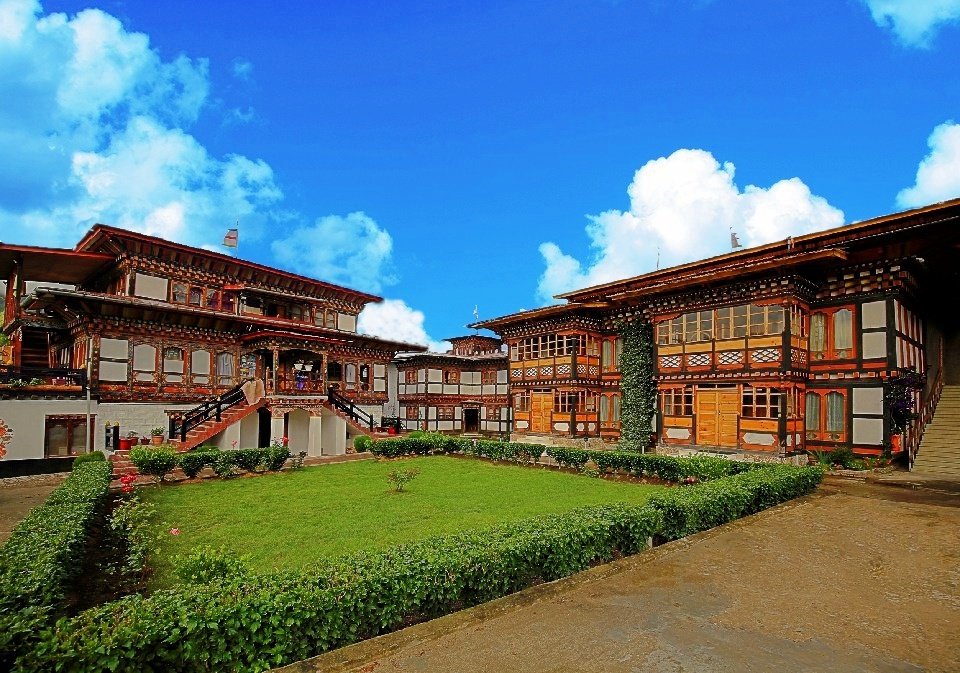A Photographer’s Paradise: Capturing Bhutan’s Scenic Beauty
Bhutan, a land where the ancient and modern coalesce, offers an unparalleled experience for photographers. Nestled in the eastern Himalayas, this kingdom boasts breathtaking landscapes, vibrant festivals, and serene monasteries. For anyone with a passion for photography, Bhutan is a treasure trove of opportunities waiting to be captured. The Majestic Himalayas Bhutan’s rugged terrain, dominated by the towering Himalayas, provides a dramatic backdrop for any photograph. The snow-capped peaks, including the mighty Gangkhar Puensum, the highest unclimbed mountain in the world, offer stunning vistas. Early morning and late afternoon light bathes these mountains in a golden glow, creating perfect conditions for capturing their majestic beauty. Whether you’re an amateur or a seasoned photographer, the Himalayas will challenge and inspire you to capture their awe-inspiring grandeur. Serene Monasteries and Dzongs Bhutan’s spiritual heritage is embodied in its monasteries and dzongs (fortresses). The iconic Taktsang Monastery, or Tiger’s Nest, perched precariously on a cliffside, is one of the most photographed sites in the country. The journey to this sacred site is as rewarding as the destination itself, with numerous vantage points along the way offering unique photographic angles. Other notable dzongs, such as Punakha Dzong and Paro Dzong, with their intricate architecture and historical significance, provide a rich tapestry of images that reflect Bhutan’s deep spiritual roots. Vibrant Festivals Bhutanese festivals, or Tsechus, are a riot of color and culture, presenting photographers with a feast for the eyes. The masked dances, elaborate costumes, and traditional music offer dynamic and vibrant scenes. Thimphu Tsechu, Paro Tsechu, and other regional festivals provide a window into the cultural heart of Bhutan. Capturing these moments requires a keen eye and a readiness to blend into the crowd, but the rewards are photographs that tell the story of Bhutan’s rich cultural heritage. Pristine Landscapes From verdant valleys to dense forests, Bhutan’s landscapes are as diverse as they are beautiful. The Phobjikha Valley, a glacial valley and winter home to the endangered black-necked cranes, offers serene and picturesque settings. The lush rice terraces of Punakha and the pristine rivers flowing through the country add to the natural beauty. Each season brings its own charm, from the vibrant blooms of spring to the golden hues of autumn, providing endless opportunities for landscape photography. Traditional Bhutanese Life Bhutanese villages and towns offer a glimpse into traditional life, where time seems to have stood still. The architecture, with its distinctive style, and the daily activities of the locals provide candid photography opportunities. Markets, festivals, and rural life present scenes that are both authentic and evocative. Capturing the essence of Bhutanese hospitality and simplicity can result in powerful and moving images. Tips for Photographers Plan Ahead: Research the best times to visit Bhutan for optimal photography conditions. Spring and autumn are particularly good for clear skies and vibrant colors. Respect Local Customs: Always ask for permission before photographing people, especially monks and during religious ceremonies. Be Prepared for All Weather: The weather in Bhutan can be unpredictable, so pack accordingly and protect your equipment. Use a Variety of Lenses: From wide-angle lenses for landscapes to telephoto lenses for capturing distant peaks and wildlife, having a range of lenses will enhance your photographic versatility. Capture the Details: Don’t just focus on the grand scenes. The intricate details of Bhutanese art, textiles, and everyday objects tell a compelling story. Bhutan is truly a photographer’s paradise, where every corner holds a new discovery waiting to be captured. Its natural beauty, rich culture, and spiritual depth offer endless opportunities for stunning and meaningful photography. Whether you are wandering through ancient monasteries, attending vibrant festivals, or simply soaking in the serene landscapes, Bhutan promises a visual feast that will leave you with a collection of photographs to treasure forever. So pack your camera, set your sights on the Land of the Thunder Dragon, and get ready to capture the timeless beauty of Bhutan. Your journey through this mystical kingdom will not only enhance your photography skills but also enrich your soul.
A Photographer’s Paradise: Capturing Bhutan’s Scenic Beauty Read More »



